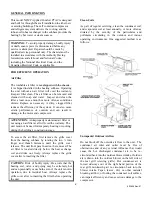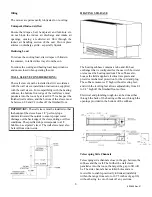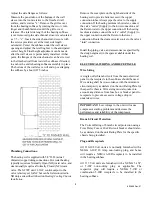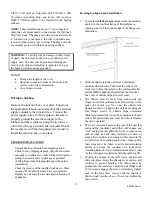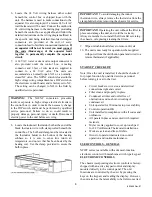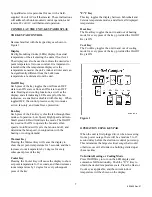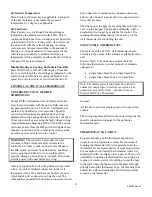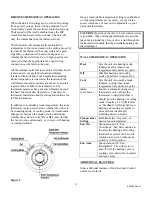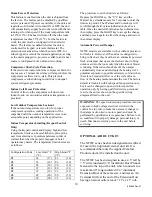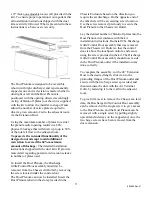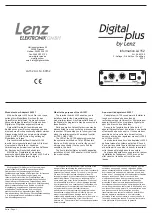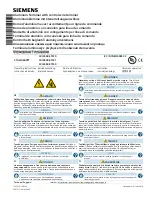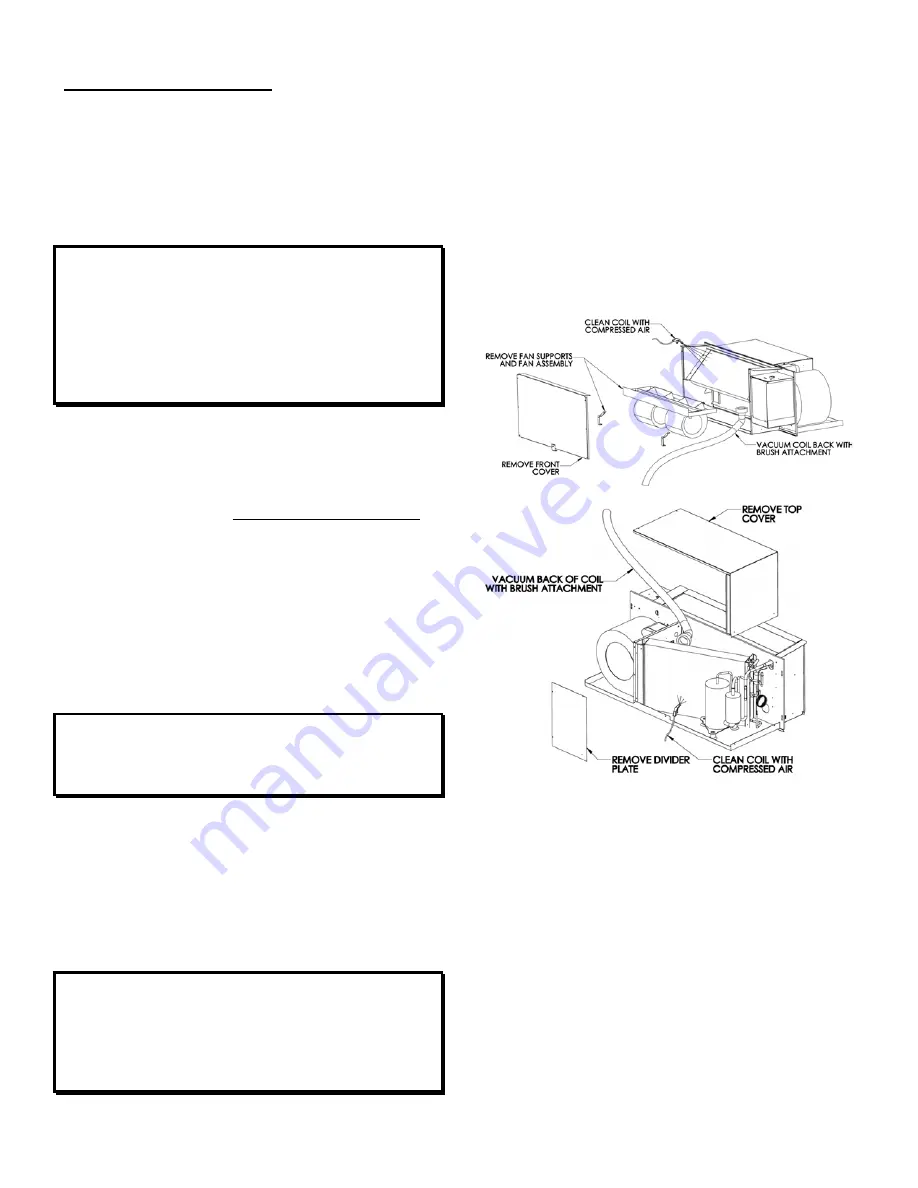
2
803809 Rev. 01
GENERAL INFORMATION
This model NFWC Applied Comfort PTAC is designed
and built for through-the-wall installation in either new
or existing buildings. The self contained compressor
and refrigerant system delivers the cooling, and the
tube-and-fin heat exchanger in the subbase provides the
heating by hot water or steam sources.
WARNING:
To avoid property damage, bodily injury
or death, ensure power is disconnected before any
service is attempted. Repairs should be made by
qualified service personnel only. The chassis must be
installed in accordance with the Authority Having
Jurisdiction, and all Local and National Codes,
including the National Electrical Code, and the
Canadian Electrical Code, as applicable.
FOR EFFICIENT OPERATION
Air Filter
The washable air filter is not shipped with the chassis –
it is shipped installed in the heating subbase. Operating
the unit without an air filter will void the warranty.
Keep air filter clean. The air filter can be removed and
cleaned with soap and water. Inspect and clean the
filter a least once a month or more often as conditions
dictate. Replace as necessary. A dirty, clogged filter
reduces the efficiency of the system. It can also cause
erratic performance of controls and can result in
damage to the motor and compressor.
ATTENTION:
An improperly maintained air filter or
not using an air filter at all will void the warranty. The
unit must not be used for temporary heating or cooling
during the building’s construction stage.
To access the air filter, first remove the grille cover
from the heating subbase by rotating the two ¼ turn
finger and thumb fasteners until the grille cover
releases. The unit front panel need not be removed. The
air filter is located directly below the heat exchange
coil and slides out freely. Always replace the grille
cover after re-inserting the filter.
CAUTION:
Risk of bodily injury. Be aware that the
heating coil, valve, and piping may be extremely hot
and can potentially cause burns even if the unit is not in
operation, due to residual heat. Always replace the
grille cover after re-inserting the filter before operating
the unit.
Clean Coils
As part of regular servicing, clean the condenser coil,
and evaporator coil at least annually, or more often as
dictated by the severity of the particulates and
pollutants circulating in the outdoor and indoor
operating environments. One suggested method is as
follows:
Unimpeded Outdoor Airflow
Do not block off the outside air flow to the unit. The
condenser air inlet and outlet must be free of
obstructions and of any external influence that would
cause the hot discharged condenser air to be re-
circulated back into the outdoor blower intake. Outdoor
air is drawn into the outdoor blower on the left side of
the rear grill (viewing grille). Hot condenser air is
forced sideways out of the right hand portion of the
rear grill, minimizing air re-circulation back into the
blower intake. Paper, leaves, dirt, or other material
blocking airflow, or fouling the condenser coil surface,
can impair efficiency and cause serious damage to the
compressor.


